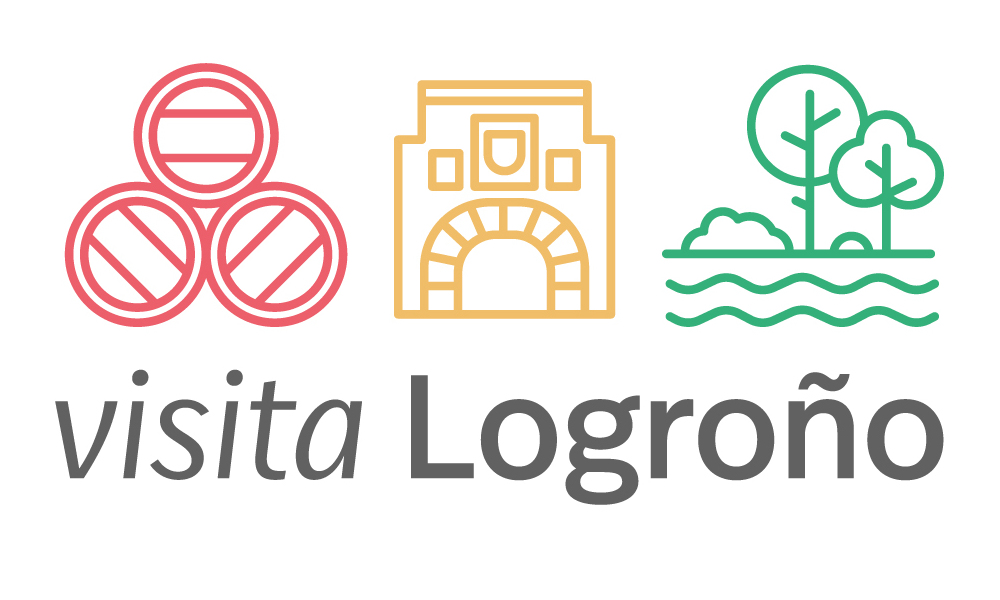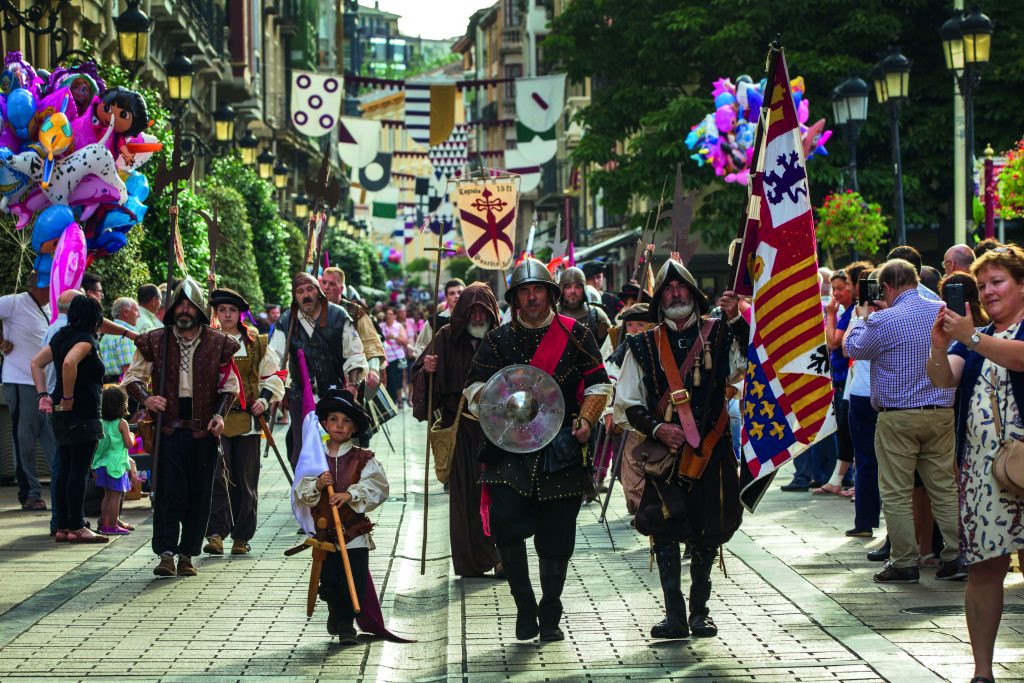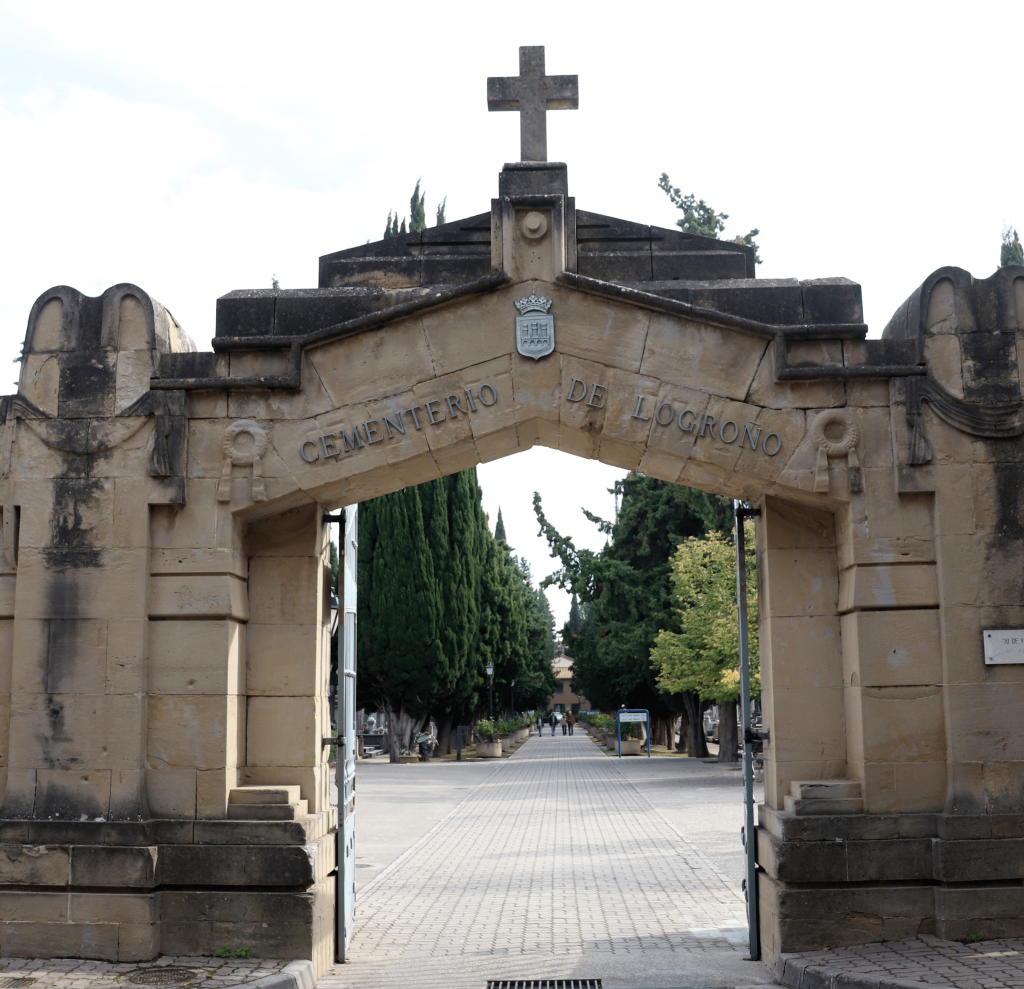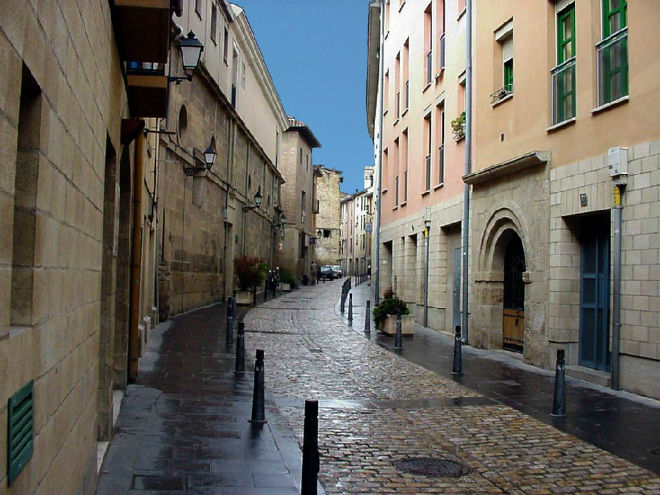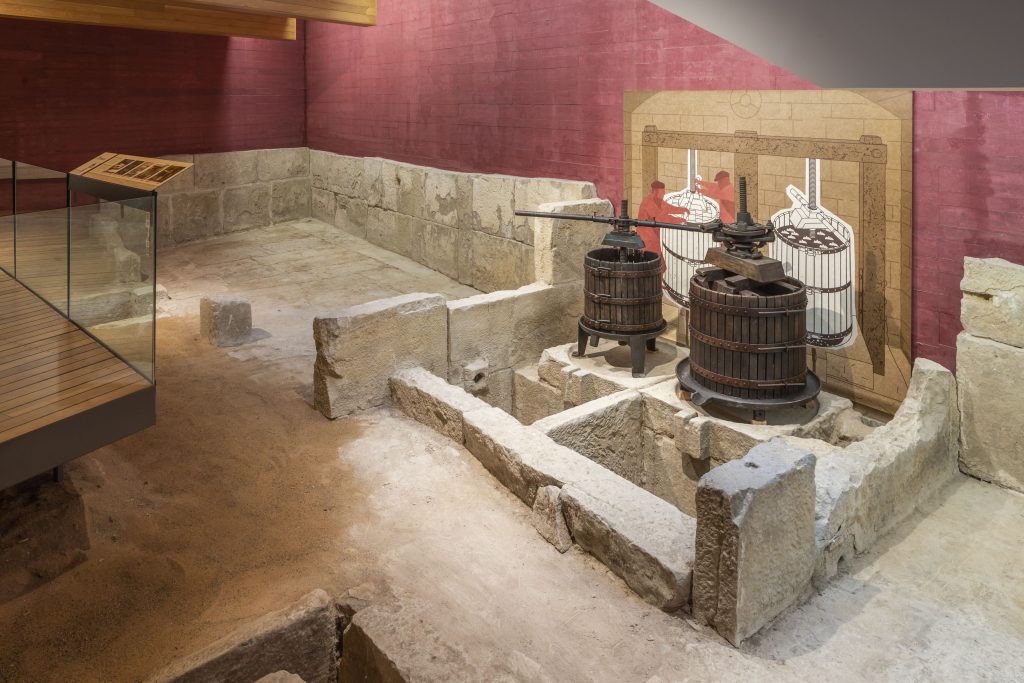The city of Logroño is making its commitment to the environment and to sustainability very clear by joining the European Green City Agreement. The city’s extensive network of parks and protected areas provides endless options for enjoying nature and the fresh air.
In the 1980s the founder of the German Green Party said, “everyone wants to get back to nature, as long as they don’t have to walk”. Time and circumstance have changed this way of seeing things, and the vast majority of people now consider contact with nature, outdoor sports and sustainability to be a necessity.
Improving the urban environment is a key challenge, considering that 70% of those living in Europe live in urban areas. Logroño is well aware of this and therefore became the first Spanish city to sign up to the Green City Accord, a European Commission initiative aimed at achieving a better quality of life by creating cleaner and healthier environments.
For the moment, the capital of La Rioja has an Italian and a Norwegian city for company. Finland and Greece each have two, and Portugal has six.
The agreement has set the year 2030 as the deadline for making improvements such as the recovery or creation of green space, but we don’t need to wait that long – there is a green Logroño to be enjoyed right now.
The distracted traveller who arrives in the city by train for the first time may well be misled by their first impressions of the city, but anyone who leaves their car in the public car park next to Calle del Norte, or in Calle San Gregorio, cannot fail to notice the refreshing presence of the Ebro river and green space that has been reclaimed for all to enjoy.
The undulating Ebro Park reaches as far as the Parque de la Ribera thanks to the Paseo de la Florida, always running along the water’s edge, and following the river which, under the watchful eye of Monte Cantabria, became a natural recreational area in the 1990s.
There are meadows and stands of trees waiting to be enjoyed all over Logroño. Heading south from La Ribera, there is an opportunity to explore the Iregua River Park, always surrounded by greenery. Well, we say ‘greenery’, but in reality the trees in these places display rainbow of colours that change with the passing of the seasons.
Moving towards the west of the city, the panorama is quite different. This is where the Grajera Park and reservoir are located. The last thing that pilgrims on their way to Santiago de Compostela after visiting the city has of Logroño see is a lagoon ecosystem in the shade of pines and poplars, carefully re-purposed as a haven for migratory birds and ornithology enthusiasts.
A small detour will allow you to discover the gentle hills of a golf course; it is possible to climb to the top of Monte de La Pila, almost on the border with Lardero, which gives a 360º view out over the region.
The city’s ‘green circle’ is closed to the north west by the El Cortijo Greenway, one of those railway lines now converted into a trail for walkers and cyclists, and there is the added bonus of having four Protected Natural Spaces along the route.
Up until 2002 the train from Castejón to Bilbao used to pass through here; today it is frequented by walkers of all ages and the birds that fly over the viewpoints of El Rincón and El Remanso to get the best view of the Sierra de Cantabria and the inevitable vineyards that surround the city. There is a reason why we are in La Rioja.
